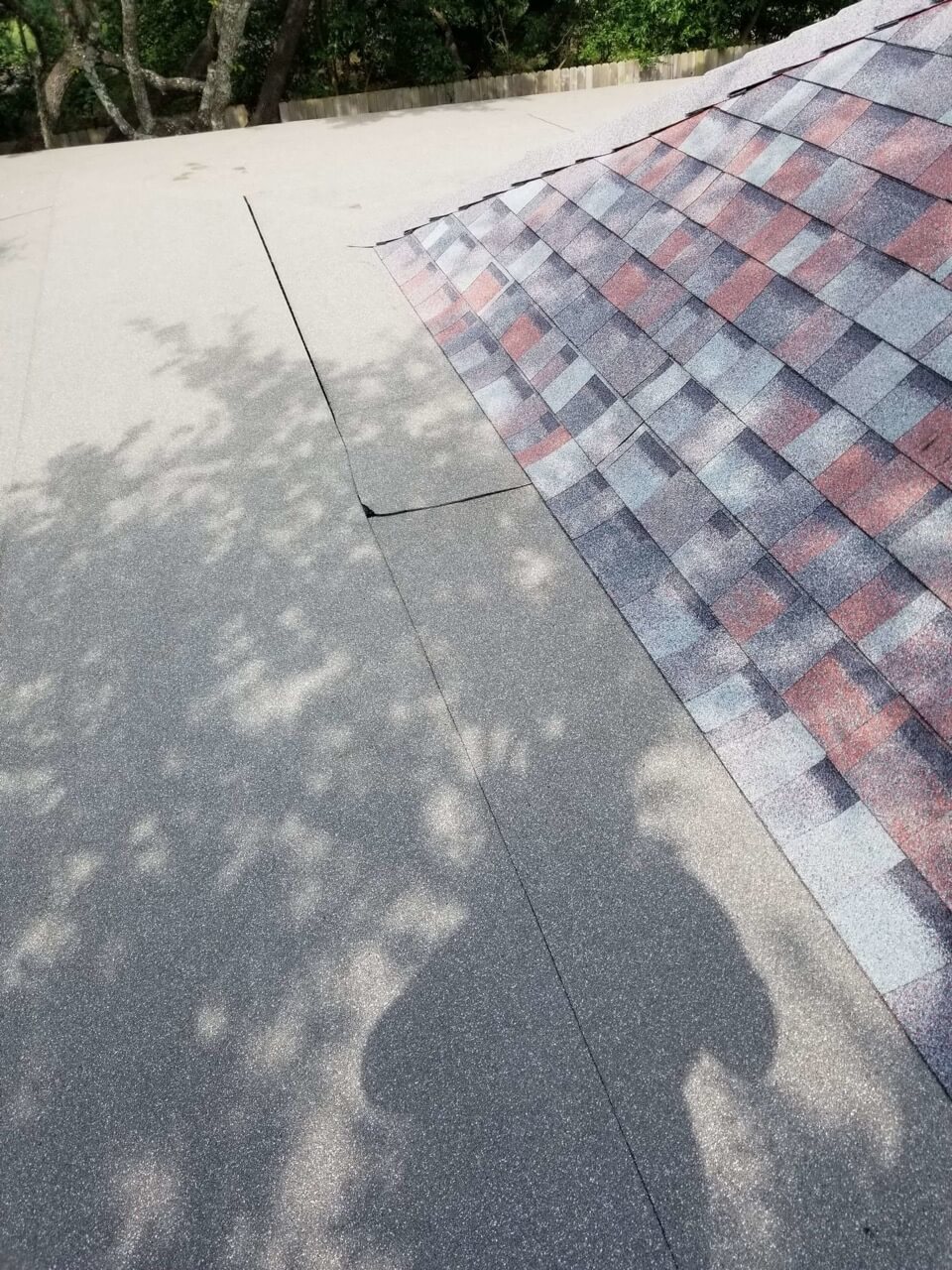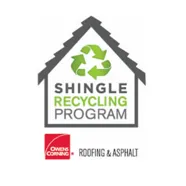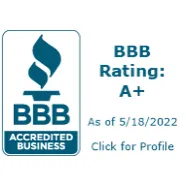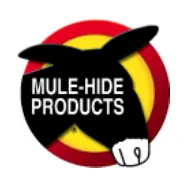Modified Bitumen/Built-Up System
Modified bitumen roof systems can be installed with the common torch method, asphalts, or cold adhesives. A standard SBS-modified bitumen roof system is a two-ply system applied in rolls that overlap the edge of the previous roll.
Modified Bitumen (MB) roofing is an asphalt-based, close cousin of the built-up roof (BUR) designed for buildings with low-slope or “flat” roof structures. Engineered modified bitumen roofing membranes originated in Europe in the mid-1960s and have been used successfully in the United States and Canada since approximately 1975. Modified Bitumen Roofing Systems are designed to withstand harsh exposure to extreme environmental elements. With five layers of protection, it’s one of the most trusted flat roofing systems used in the industry today. The framework for Modified Bitumen Roofing Systems is a five-layer combination of roofing components.
Modified Bitumen Roofing System Five-layer Framework
- Insulation – Used to provide “R” value, or thermal resistance, for temperature stability of the roof system.
- Modified Base Sheets or Plies
- Modified Bitumen Membranes – Factory-fabricated sheet membrane composed of co-polymer reinforced with polyester or fiberglass
- Adhesive – Waterproofing material with a bonding agent applied either hot or cold.
- Surfacing – Provides UV protection and weathering resistance
Benefits Of Modified Bitumen Roofing
- Proven track record of performance
- Superior waterproofing characteristics
- The broad range of application methods
- Wide choice of top-surfacing, including “Cool Roofing” options
- With insulation, it provides an even better-performing building component
- High tensile-strength
- Available as part of a fire, wind, and/or hail-rated roofing system
- Competitive life-cycle cost
- Available with flame-free and VOC-free installation
- Long-term warranties are available with many MB systems









